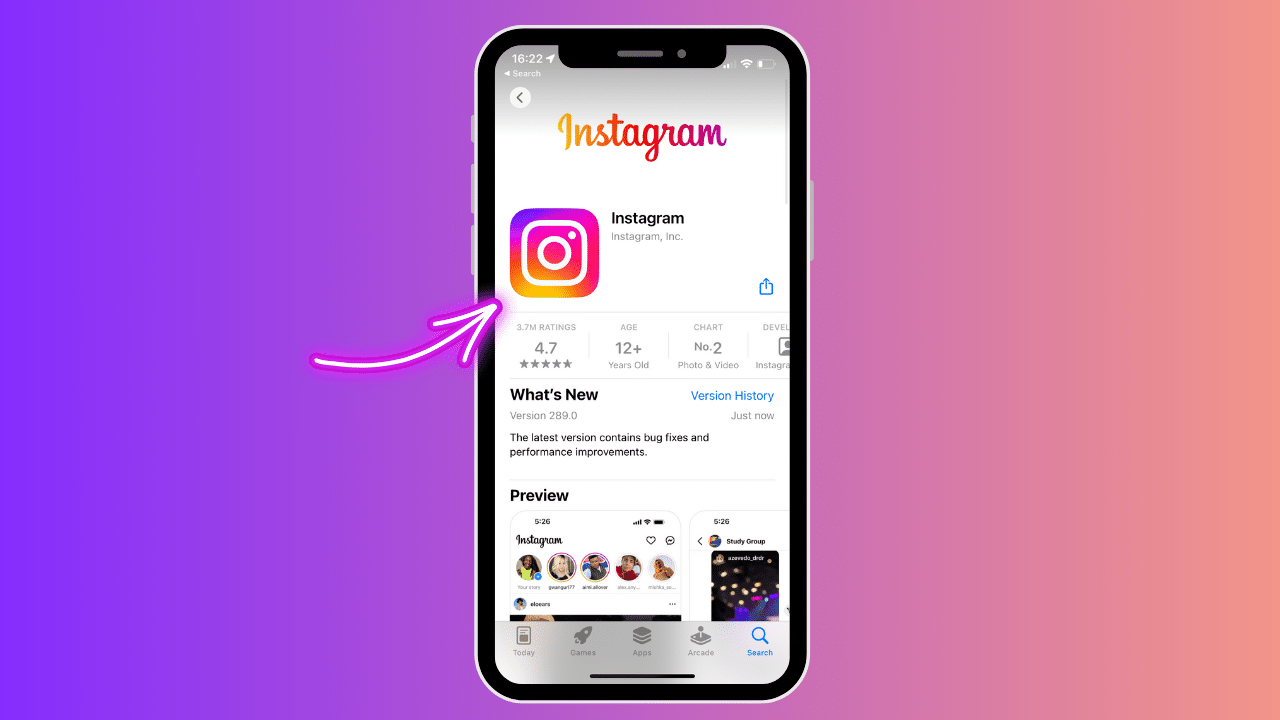In the age of smartphones and constant connectivity, Instagram has revolutionized the way people share photos, videos, and life moments. As of 2025, it boasts over 2 billion active users and has become a go-to platform for content creators, influencers, brands, and everyday users.
If you’re inspired to build a social media app like Instagram, this guide will walk you through every step from concept to launch.
1. Understand What Instagram Is and Why It Works
Before you build an app like Instagram, you must understand its core functionality:
- Photo and video sharing
- Stories (temporary content)
- Reels (short-form video)
- Direct messaging
- User profiles and followers
- Engagement through likes, comments, and shares
- Powerful algorithms for content discovery
Instagram succeeded by blending simplicity, social connectivity, and visual appeal. Your goal should be to replicate these elements while innovating.
2. Market Research and Concept Validation
Why do you want to build an Instagram-like app?
- Do you want to target a specific niche (e.g., travelers, artists, fitness)?
- Are you building a broader platform?
- Is your goal to create a private photo-sharing app or a public network?
Validate Your Idea:
- Conduct user surveys
- Analyze existing social media platforms
- Find gaps in user experience
- Use tools like Google Trends, Statista, and SimilarWeb to explore trends
3. Define Key Features for Your Instagram Clone
MVP (Minimum Viable Product) Features
These are must-haves to launch a basic app like Instagram:
User Authentication
- Sign up / login via email, phone, or social media
- Forgot password / account recovery
User Profile
- Display photo, bio, followers/following
- Editable settings
Feed
- Scrollable timeline of posts from followed users
- Like, comment, and share options
Photo/Video Upload
- Upload from camera or gallery
- Crop, rotate, apply filters
- Add captions and hashtags
Stories
- Temporary 24-hour content
- Stickers, text, music, and effects
Direct Messaging
- One-to-one and group chats
- Media sharing in chat
Notifications
- Likes, comments, follows, mentions
Search & Explore
- Discover content by users, tags, or locations
Admin Panel
- User management
- Content moderation
- Analytics dashboard
4. Advanced Features (For Later Versions)
Once you validate your MVP, you can introduce these advanced features:
- Reels / Short-form Video
- Live Streaming
- AI-based content recommendations
- AR Filters and Effects
- Monetization tools for creators
- In-app Purchases and Subscriptions
- User Verification and Blue Ticks
- Voice and Video Calling
5. Choose the Right Technology Stack
The success of your app depends on building a scalable and robust backend with a smooth front-end experience.
Frontend (Mobile App):
- iOS: Swift
- Android: Kotlin
- Cross-platform: Flutter, React Native
Backend:
- Node.js, Django, Ruby on Rails, or Laravel
- REST or GraphQL APIs
Database:
- PostgreSQL / MongoDB / Firebase Realtime Database
Cloud Storage:
- AWS S3, Firebase Storage, Cloudinary (for images and videos)
Authentication:
- OAuth 2.0, Firebase Auth, Auth0
Push Notifications:
- Firebase Cloud Messaging (FCM)
- OneSignal
Media Processing:
- FFmpeg (for video processing)
- AWS Elastic Transcoder
Admin Dashboard:
- React / Angular for front-end
- AdminLTE / Metronic templates
6. Design: UI/UX Principles of Instagram
Your app must look and feel intuitive. Instagram is successful because of its minimalist design, responsive layout, and clean interface.
Key Design Elements:
- Infinite scroll feed
- Grid layout for profiles
- Bottom tab navigation (Home, Search, Upload, Notifications, Profile)
- Subtle color palette
- Smooth animations and transitions
Use tools like Figma, Adobe XD, or Sketch to design the prototype.
7. Development Process
Here’s a breakdown of the step-by-step process to create an app like Instagram:
Step 1: Planning
- Finalize features
- Choose tech stack
- Set budget and timeline
- Hire team or agency
Step 2: Design & Prototyping
- Wireframes for each screen
- Design UI/UX
- User flow mapping
Step 3: Frontend and Backend Development
- Set up database and APIs
- Implement user management
- Build image/video uploading system
- Code messaging and notifications
Step 4: Testing (QA)
- Unit testing
- Usability testing
- Security checks
- Performance optimization
Step 5: Deployment
- Deploy backend to cloud (AWS, GCP, Azure)
- Upload apps to App Store and Google Play
- Monitor performance using tools like Firebase Analytics, Sentry
8. Monetization Strategies
Wondering how Instagram makes money? Here are some monetization models you can use:
- In-app ads (banners, video, native ads)
- Subscription plans (premium filters, analytics)
- In-app purchases (stickers, digital gifts)
- Brand partnerships and influencer tools
- Sponsored content features
9. Development Team Structure
To build a scalable social media app, you’ll need:
- Project Manager
- UI/UX Designer
- Mobile App Developers (iOS, Android, or Flutter)
- Backend Developer
- QA Engineer
- DevOps Engineer
Or you can hire a full-stack Social Media app development agency for an end-to-end solution.
10. Using Instagram Clone Scripts (Fast-Track Approach)
If you want to reduce cost and time, you can use pre-built Instagram clone scripts.
Features of Instagram Clone Apps:
- Ready-made front and backend
- Admin panel
- Customizable UI
- Built-in photo and video sharing
Popular Providers:
- HW INFOTECH Instagram Clone
- CodeCanyon Scripts
- Simtechnos
- Codester
Make sure to:
- Check licensing
- Test demo thoroughly
- Confirm scalability and tech stack
11. Marketing & Growth Strategy
Even the best app needs users.
Go-to-Market Strategy:
- Soft launch with beta testers
- Social media campaigns
- Influencer partnerships
- App Store Optimization (ASO)
- Referral programs
Retention Strategy:
- Push notifications
- Email onboarding
- In-app events and challenges
- Feature updates based on feedback
12. Post-Launch Support & Scaling
Launching is just the beginning.
- Monitor bugs and fix quickly
- Track user engagement
- Release updates regularly
- Scale backend as users grow
- Optimize performance and speed
Final Thoughts
Building a social media app like Instagram requires more than just copying its features — it needs a deep understanding of user psychology, scalable tech architecture, and a relentless focus on user experience.
Whether you build it from scratch, use a cross-platform framework, or customize an Instagram clone app, success comes from innovation, consistency, and community building.


